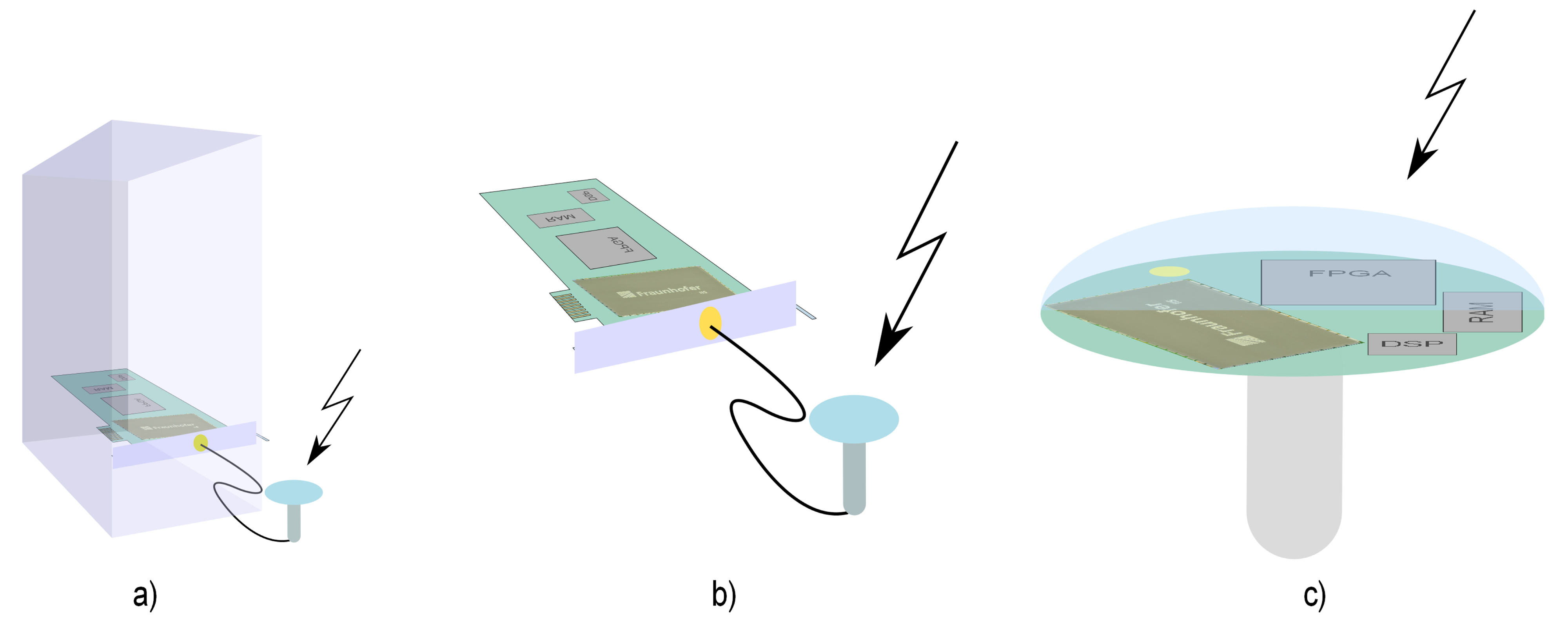Fraunhofer IIS launches “GOOSE” with the aim of developing a GNSS receiver with an open software interface
Fraunhofer Institute for Integrated Circuits IIS is participating in the “GOOSE” project funded by the German Federal Ministry for Economic Affairs and Energy. The aim is to develop the first GNSS (Global Navigation Satellite System) receiver with an open software interface. The project is headed up by the German Aerospace Center (DLR) with the involvement of navigation technology specialist navXperience GmbH, German manufacturer of GNSS technology, and the University of the German Federal Armed Forces in Munich (UniBW).
Galileo will be the first satellite navigation system under civilian control and can therefore provide guaranteed continuous service even in times of crisis. It will feature the highest number of civilian signals of any available system producing clear benefits by reason of its increased positioning accuracy and reliability. The Galileo service is expected to be available to the user by 2015.
The combination of current and planned satellite systems (GPS, GLONASS, and Galileo) improves the positioning accuracy and reliability by means of the high number of visible satellites even in harsh environments. As part of the GOOSE (German acronym for GNSS receiver with open software interface) project, experts from navXperience GmbH, UniBW and Fraunhofer IIS are building platforms that will allow researchers and developers to develop new applications. The potential fields of application are manifold and range from construction, agriculture, forestry, surveying and mapping, mining, shipping, aviation and logistics to automotive manufacturing and machinery control. The plan is to eventually deploy this technology for use e. g. with automated rail surveying applications.
GOOSE brings forth a new technology for satellite navigation
The objective of GOOSE is to create a hardware platform and associated end-to-end development chain for professional GNSS receiver software that will significantly facilitate firmware development, thus leading to precise GNSS receivers. For instance, the application that the highly-accurate positioning solution is designed to be used with can be integrated directly into the receiver. Hence, much like with smart phones, developers can install their own software on the receiver. As a result, a hardware development platform will be created that features all of the necessary components. A smart antenna – a combination of GNSS receiver and antenna in one device – will also be developed with the same architecture, which can be used as a precise receiver prototype. The development platform and smart antenna will also have a software interface that makes it possible for developers to write their own software for both receivers.
Developer, manufacturer and user cooperation
navXperience GmbH – up until now a manufacturer of precise GNSS antennas only, to broaden its product range – will supply the operating system and be responsible for manufacture and sales. UniBW is providing the software for the highly-accurate positioning solution on the receivers and, as the first user, will be in a position to demonstrate the system’s functionality. Fraunhofer IIS is developing the hardware platform and the integrated signal processing technology.
Supported by the Federal Ministry of Economics and Technology.
